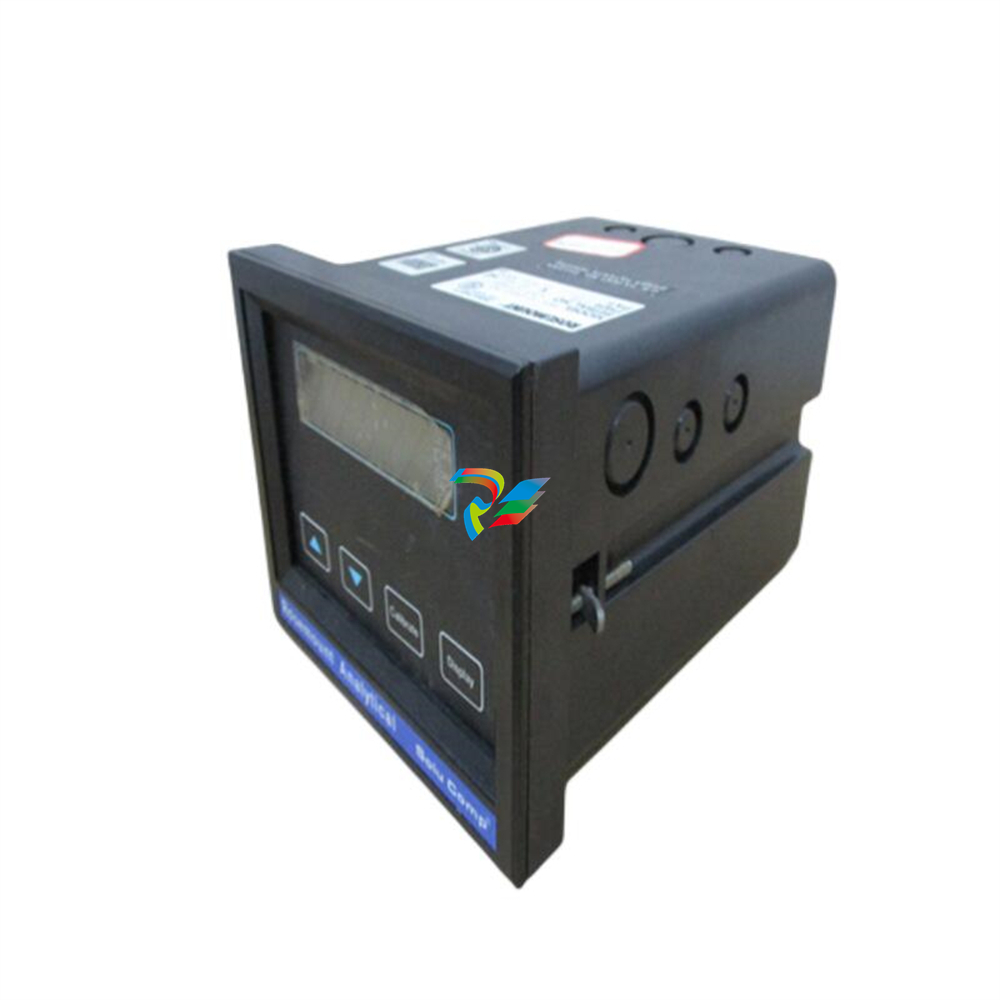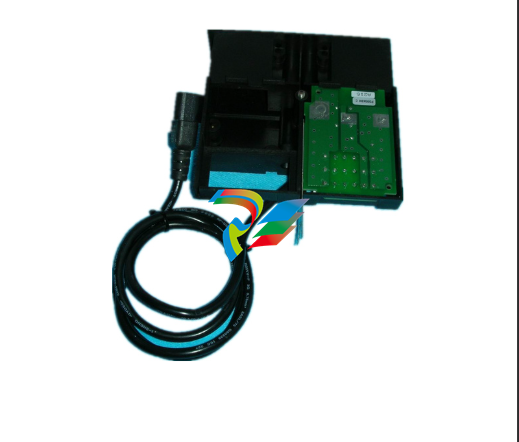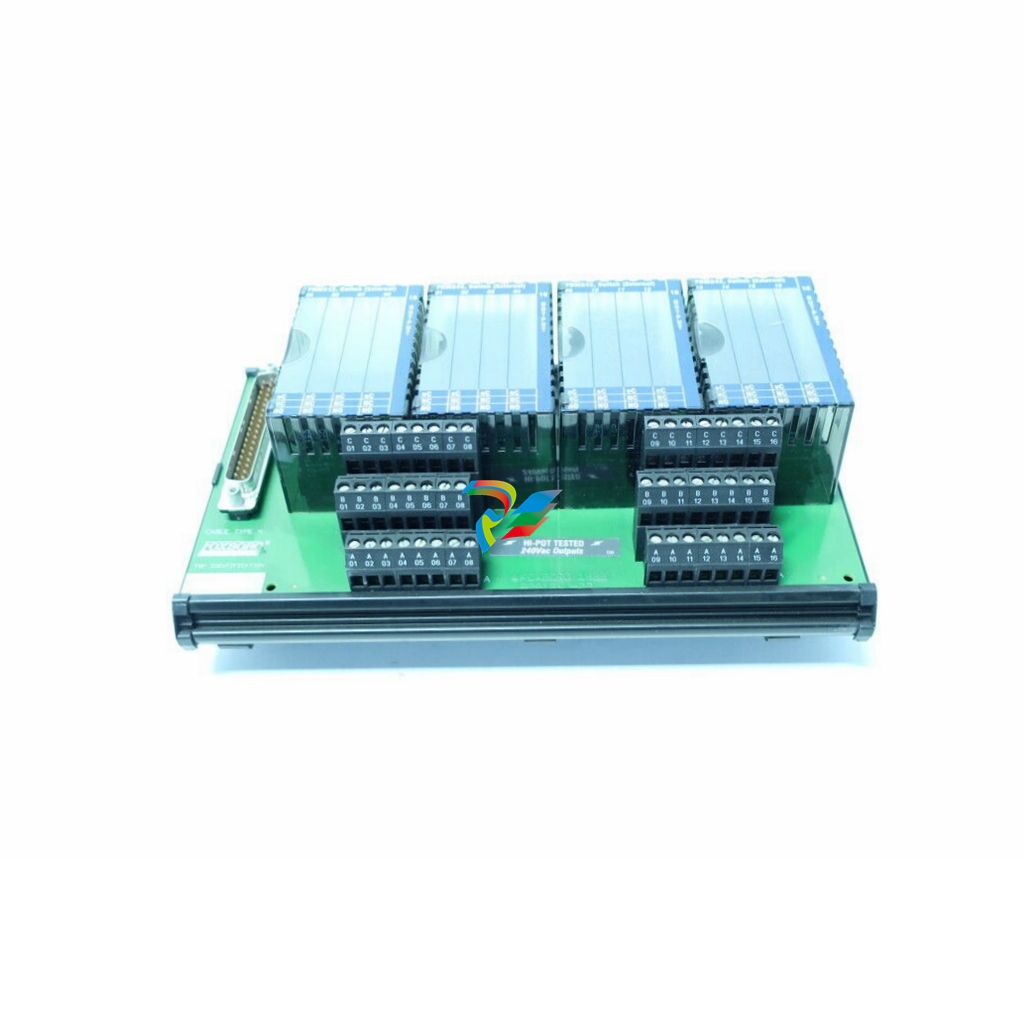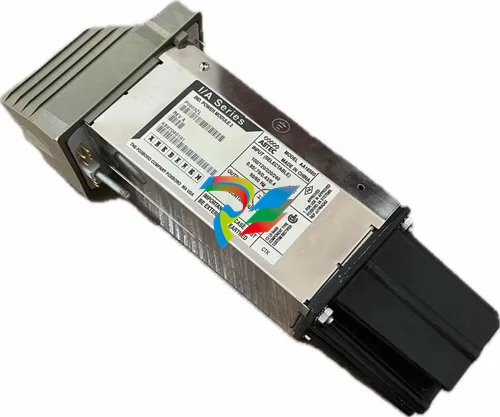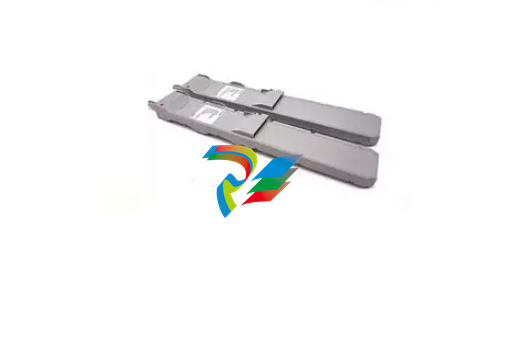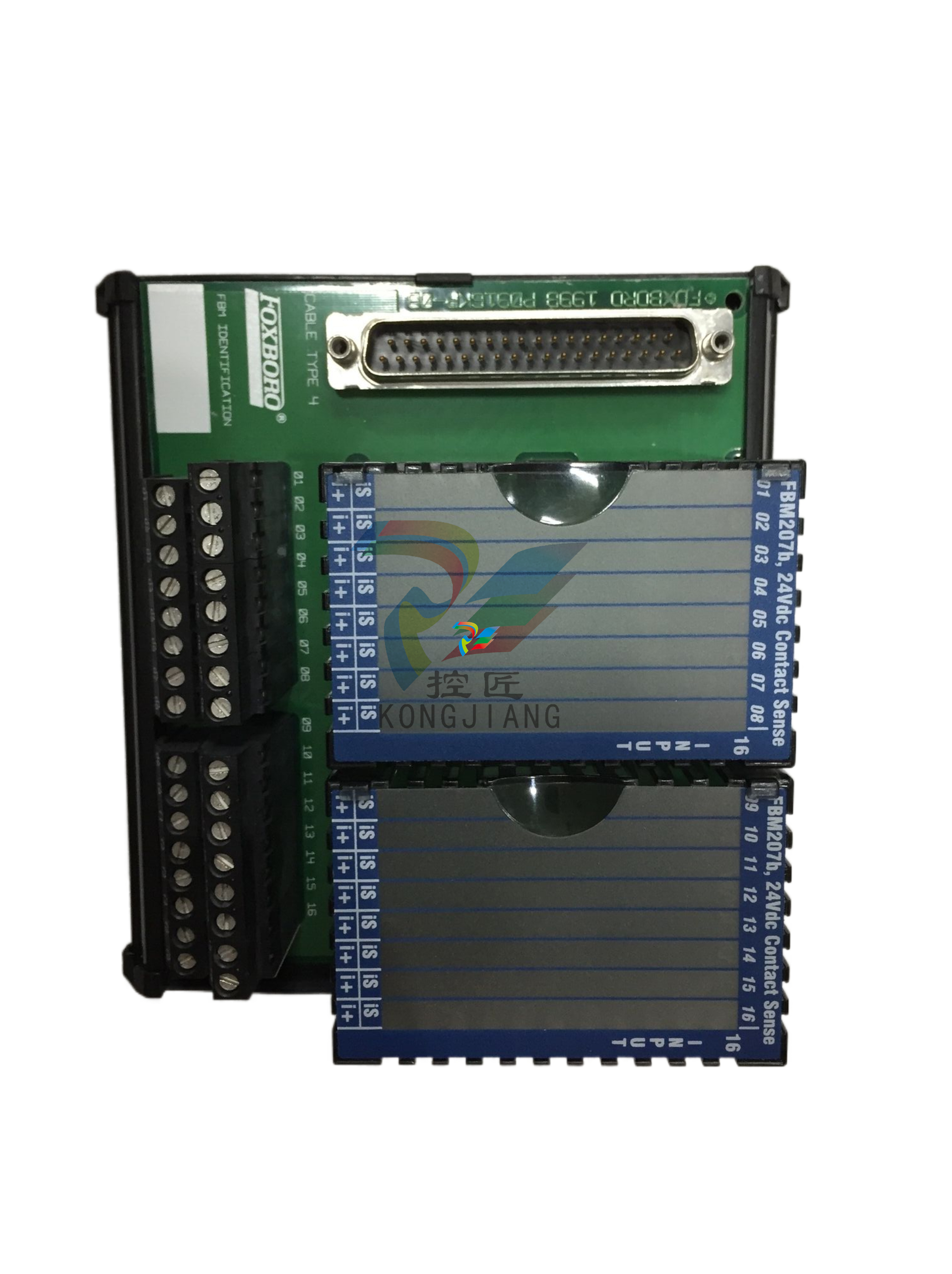
A-BEasyLine Continuous Gas Analyzers Models EL3020, EL3040 Software Version 3.3
Basic Steps
The following basic steps should be followed for the installation and
commissioning of the gas analyzer:
1 Please note the information on the intended application (see page 9).
2 Follow safety precautions (see page 10).
3 Prepare for the installation, provide the requisite material (see
page 14).
4 Unpacking the gas analyzer (see page 41).
5 Check sample gas path seal integrity (see page 119).
6 Install the gas analyzer (see page 66).
7 Connect the gas lines (see page 67).
8 Connect the electrical leads (see page 79).
9 Check the installation (see page 90).
10 Purge the sample gas path (see page 91).
11 Start up the gas analyzer (see page 92).
12 Configure the gas analyzer.
Intended Application
Intended Application of the Gas Analyzer
The gas analyzer is designed for continuous measurement of the
concentration of individual components in gases or vapors.
Any other use is not as specified.
The specified use also includes taking note of this operator's manual.
The gas analyzer may not be used for the measurement of ignitable
gas/air or gas/oxygen mixtures.
The gas analyzer version with stainless steel gas lines and gas
connections (EL3020 and EL3040 models) may be used for the
measurement of flammable gases1
and vapors in a non-hazardous
environment, The special requirements for the measurement of
flammable gases (see page 39) must be complied with. The oxygen
sensor and the modules of the integrated gas feed (Option "Integrated
Gas Feed" – only in the EL3020 model, not with Limas23, ZO23,
Fidas24) may not be used for the measurement of flammable gases.
The explosion-proof version of the gas analyzer with degree of protection
II 3G (see page 40) (EL3040 model) may be used for the measurement
of non-flammable gases and vapors in a hazardous environment.
NOTE
The version for the measurement of flammable gases and vapors and the
explosion-proof version with degree of protection II 3G are different
versions of the gas analyzer and designed for different applications.
Safety Information
Requirements for Safe Operation
In order to operate in a safe and efficient manner the device should be
properly handled and stored, correctly installed and set-up, properly
operated and correctly maintained.
Personnel Qualifications
Only persons familiar with the installation, set-up, operation and
maintenance of comparable devices and certified as being capable of
such work should work on the device.
Special Information and Precautions
These include
The content of this operator's manual,
The safety information affixed to the device,
The applicable safety precautions for installing and operating
electrical devices,
Safety precautions for working with gases, acids, condensates, etc.
National Regulations
The regulations, standards and guidelines cited in this operator's manual
are applicable in the Federal Republic of Germany. The applicable
national regulations should be followed when the device is used in other
countries.
Device Safety and Safe Operation
The device is designed and tested in accordance with the relevant safety
standards and has been shipped ready for safe operation. To maintain
this condition and to assure safe operation, read and follow the safety
information in this operator's manual. Failure to do so can put persons at
risk and can lead to device damage as well as damage to other systems
and devices.
Protective Lead Connection
The protective lead (ground) should be attached to the protective lead
connector before any other connection is made
Risks of a Disconnected Protective Lead
The device can be hazardous if the protective lead is interrupted inside or
outside the device or if the protective lead is disconnected.
Risks Involved in Opening the Covers
Current-bearing components can be exposed when the covers or parts
are removed, even if this can be done without tools. Current can be
present at some connection points.
Risks Involved in Working with an Open Device
All work on a device that is open and connected to power should only be
performed by trained personnel who are familiar with the risks involved.
When Safe Operation can no Longer be Assured
If it is apparent that safe operation is no longer possible, the device
should be taken out of operation and secured against unauthorized use.
The possibility of safe operation is excluded:
If the device is visibly damaged,
If the device no longer operates,
After prolonged storage under adverse conditions,
After severe transport stresses.
WARNING EXPLOSION HAZARD
Substitution of components may impair suitability for Class I, Division 2.
I/O connectors must only be connected to Class 2 circuits
Fidas24: Information on the safe operation of the gas analyzer

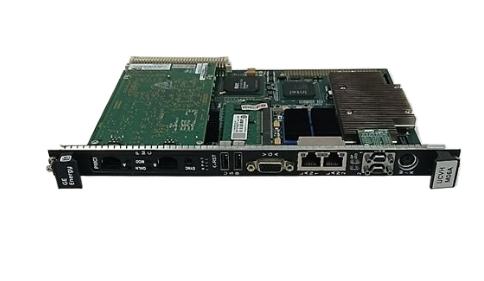
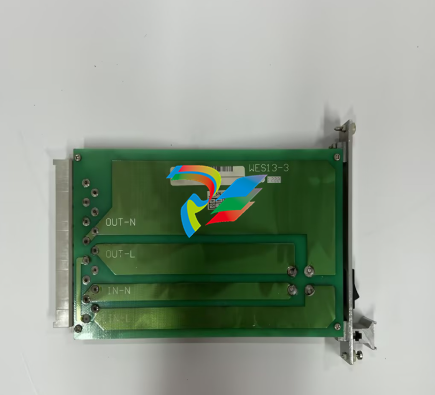
.jpg)
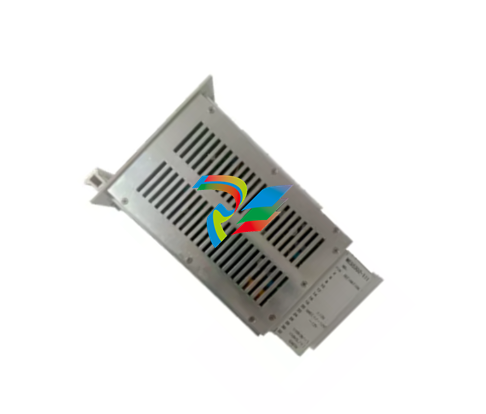
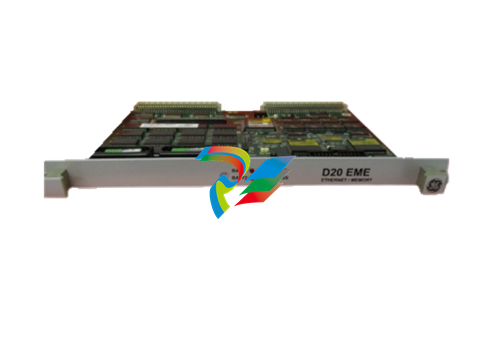
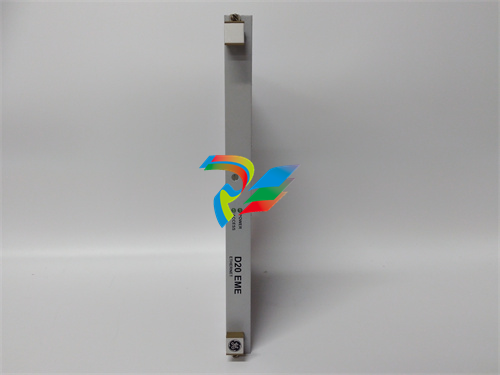
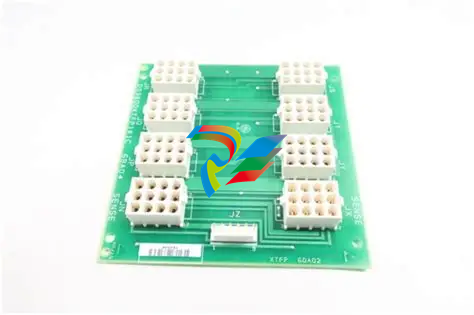












































.jpg)
.jpg)





.jpg)



.png)
.jpg)

.jpg)
_lVjBYb.jpg)

.jpg)
.jpg)



.jpg)
.jpg)





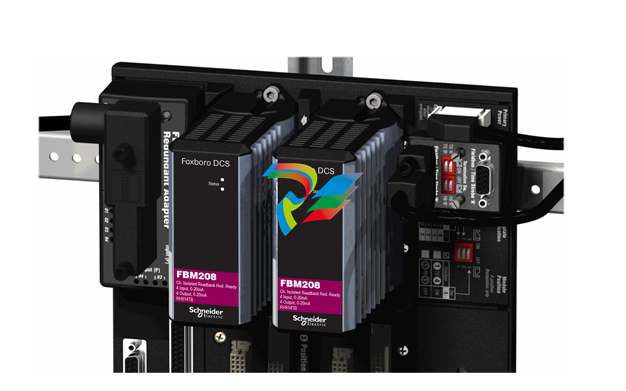
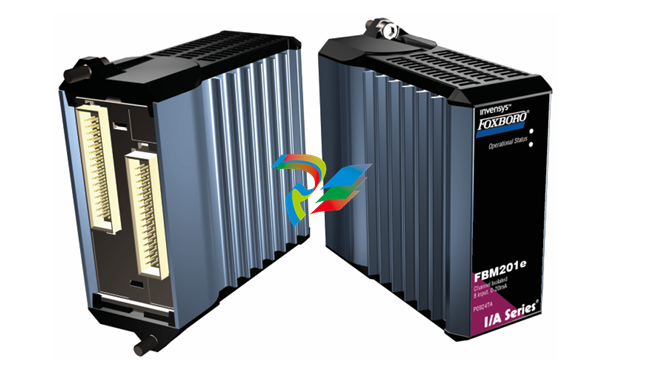
.jpg)
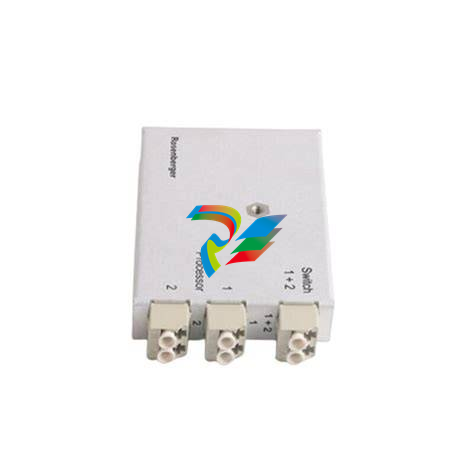
.jpg)
.jpg)
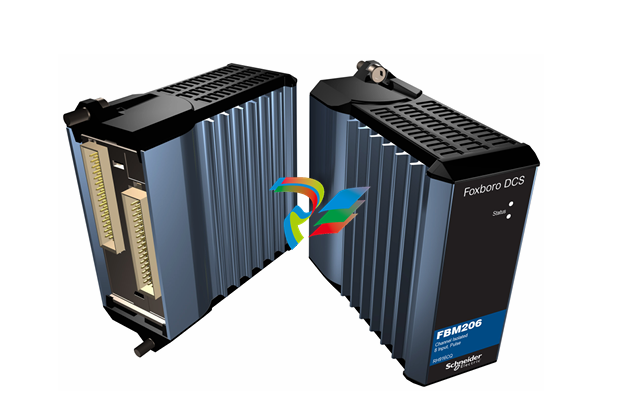
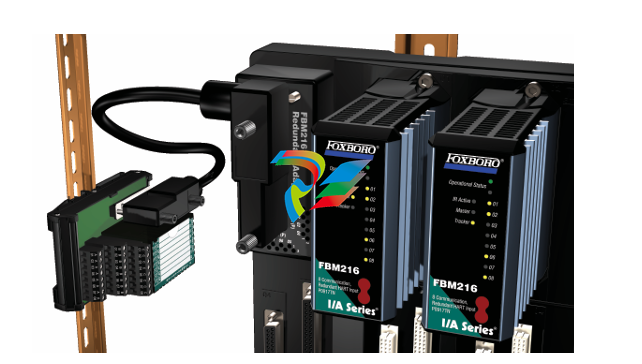
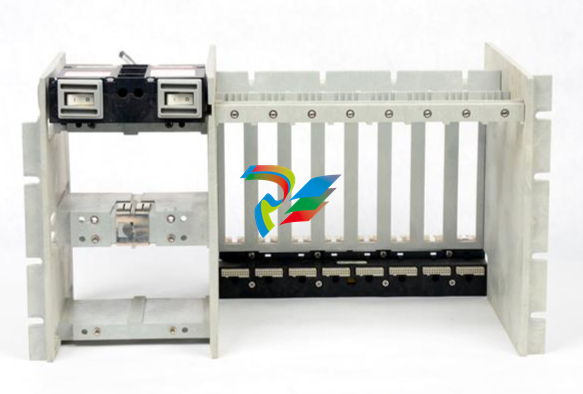
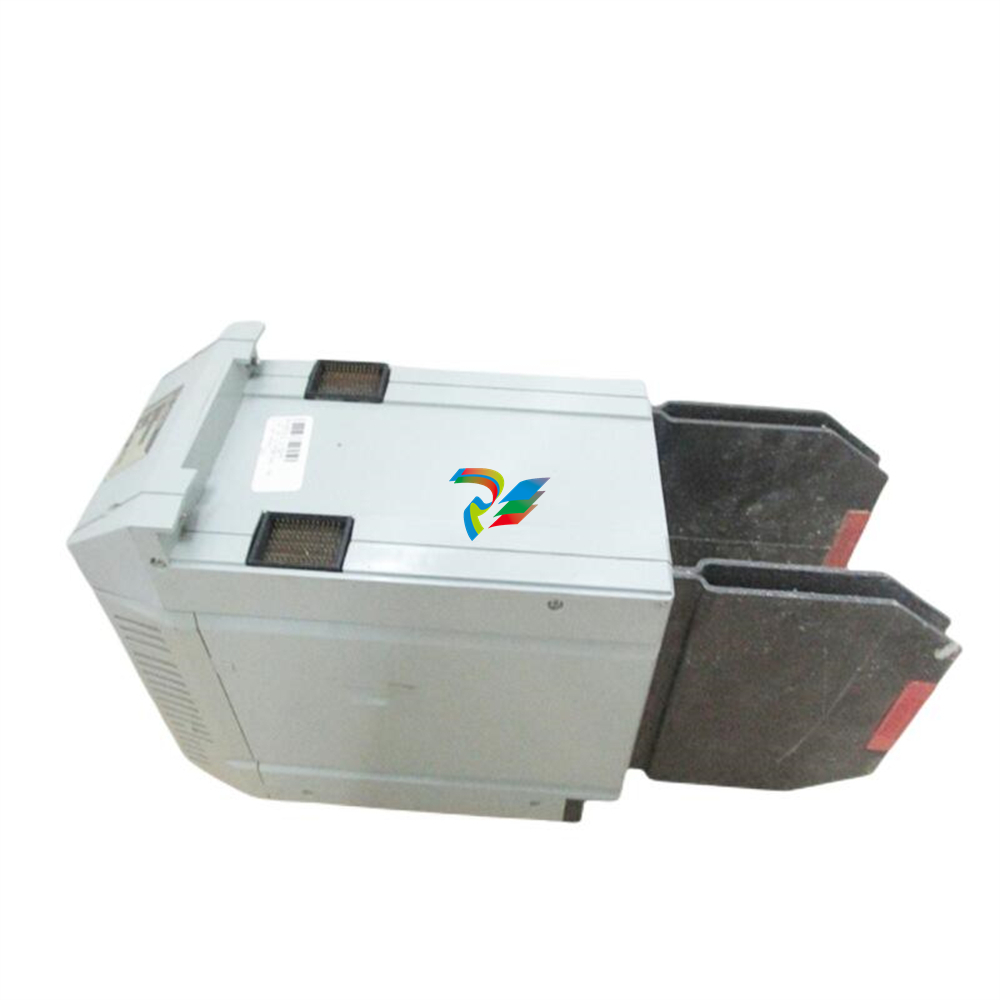
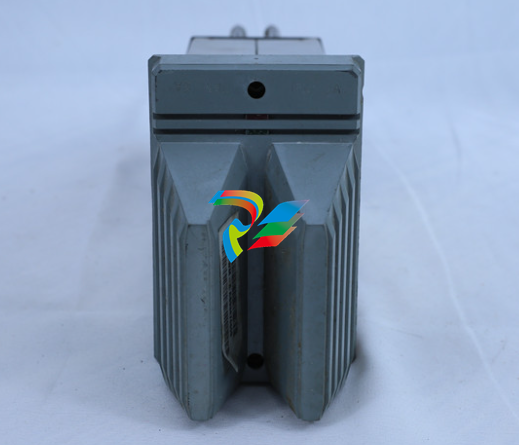
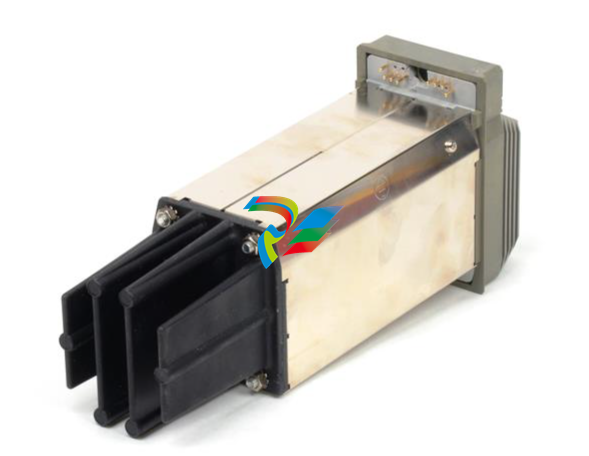
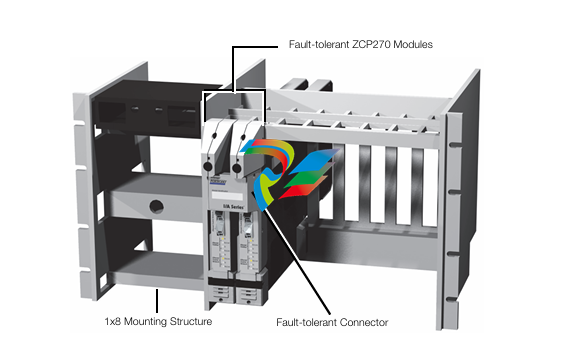
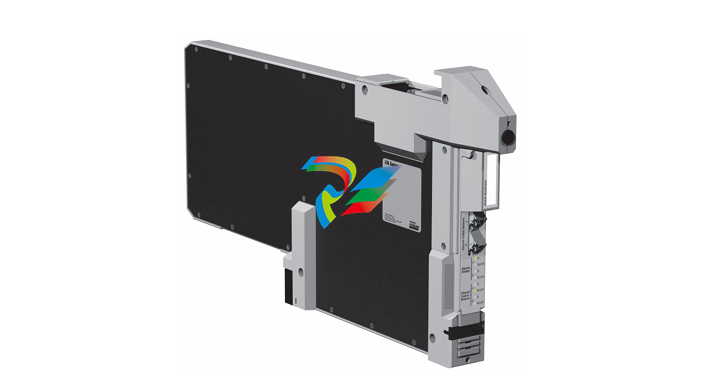
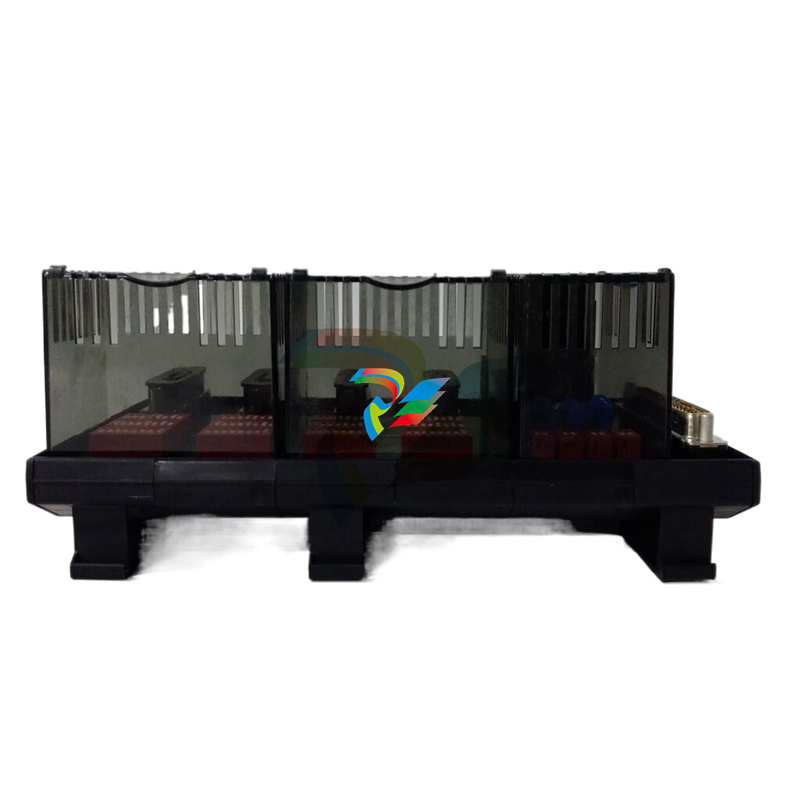
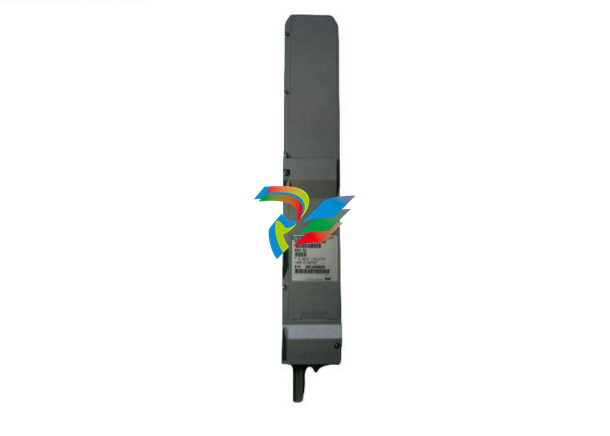
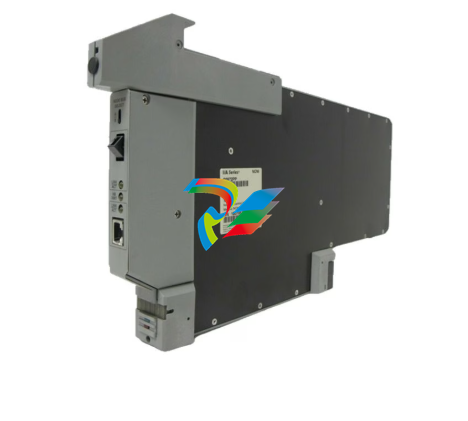
.jpg)
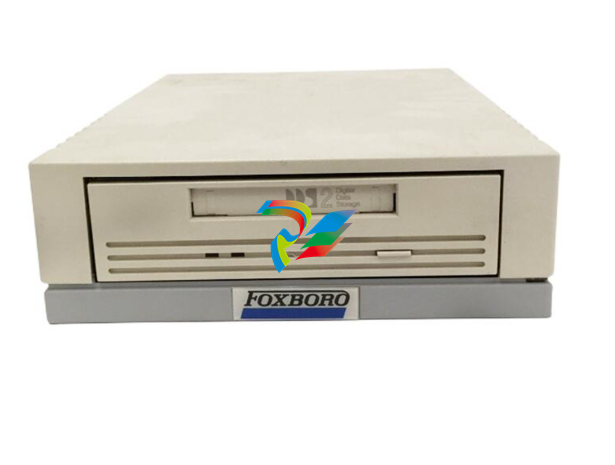
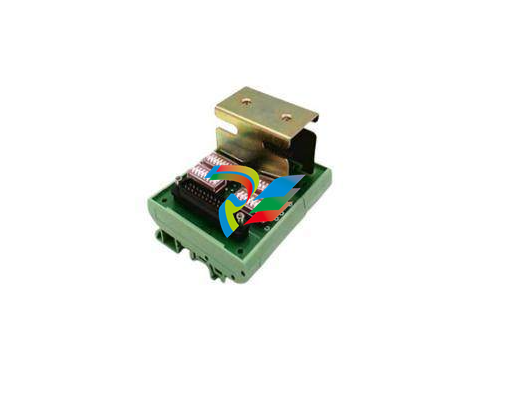
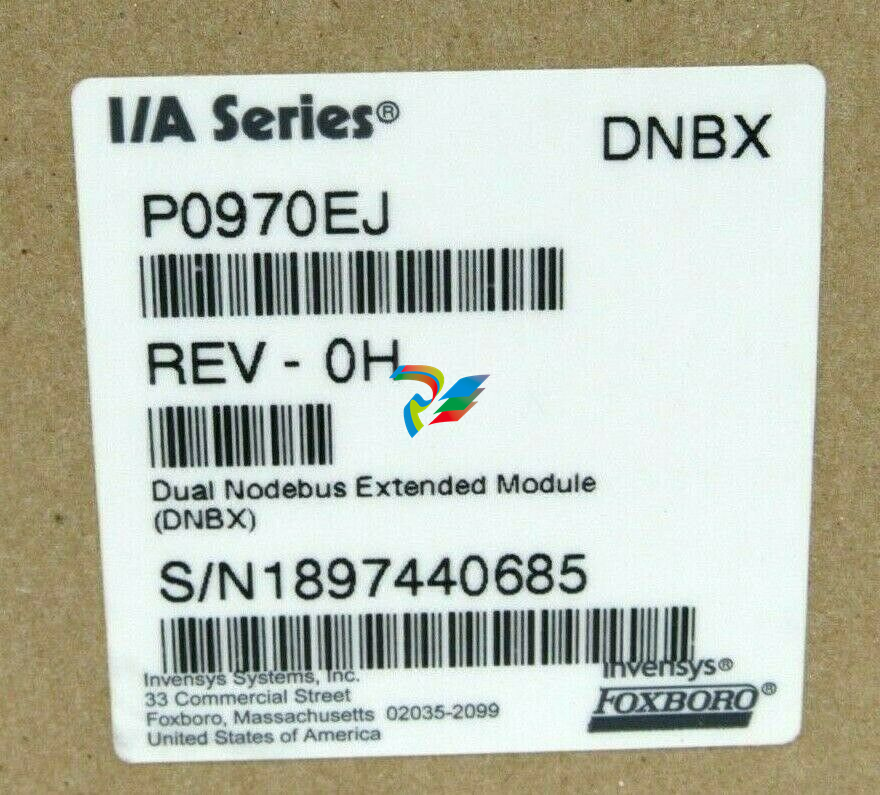
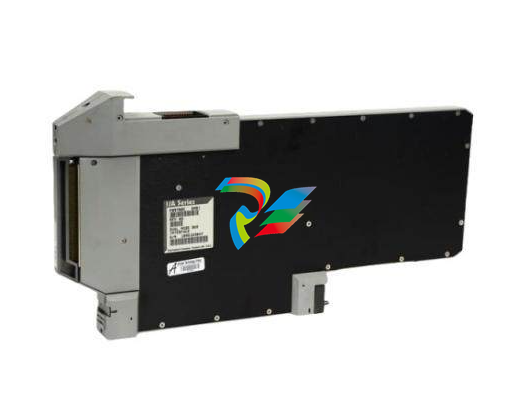
.jpg)
.jpg)
.jpg)
.jpg)
.jpg)
.jpg)
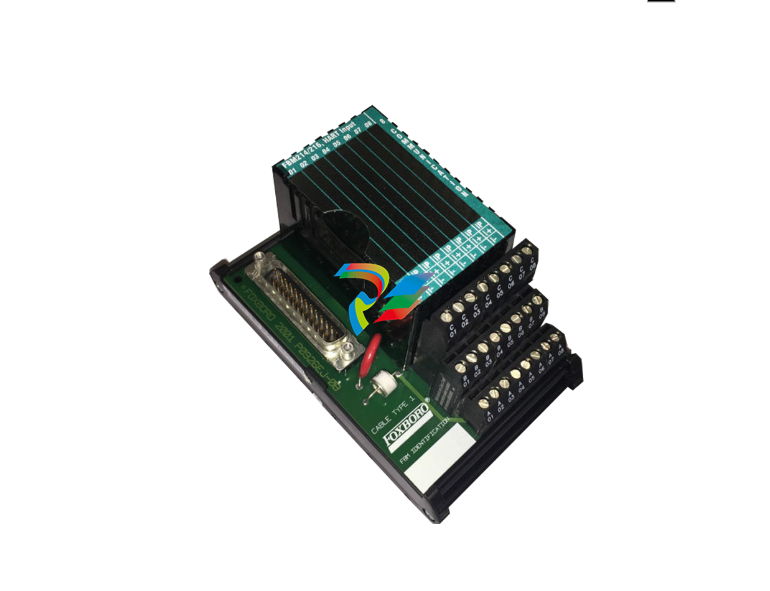
.jpg)
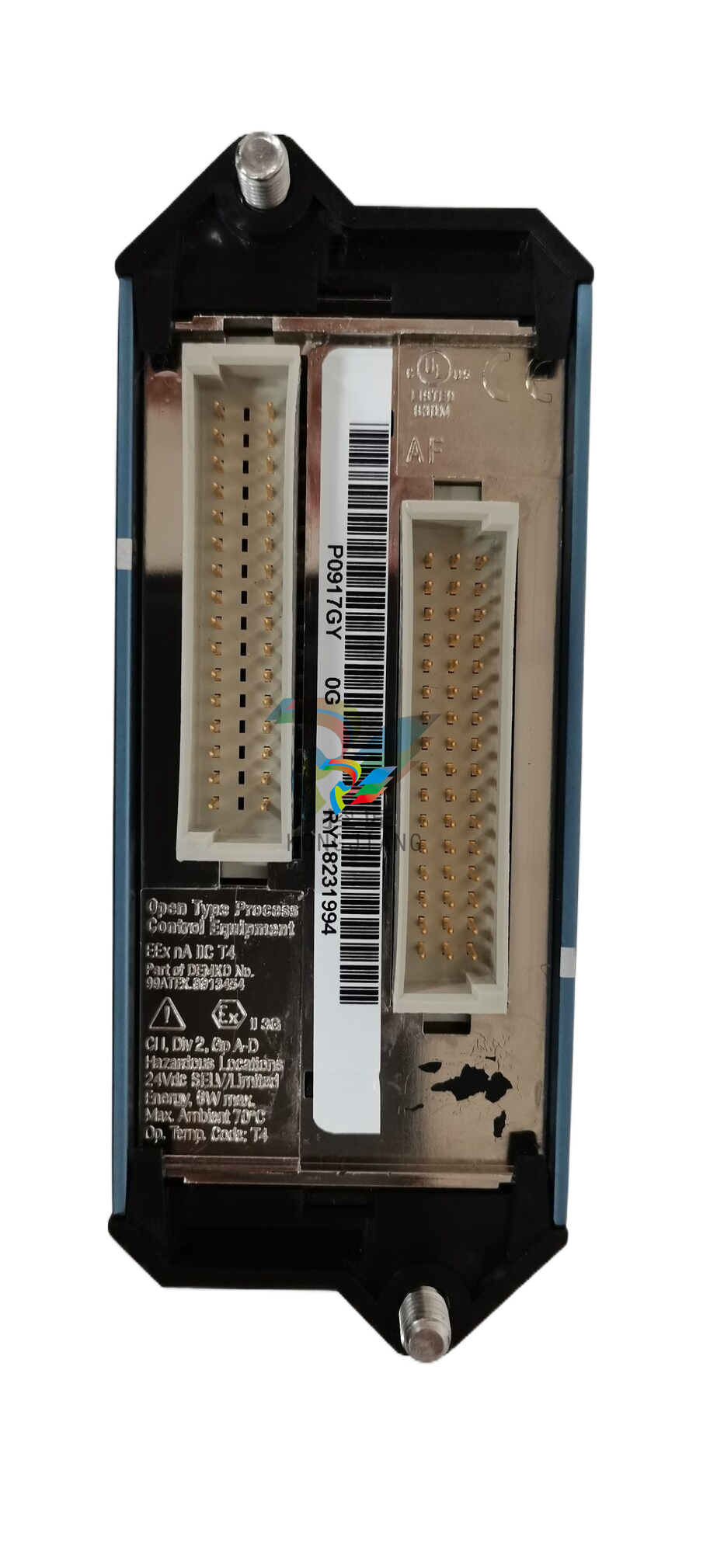
.jpg)
.jpg)
.jpg)
